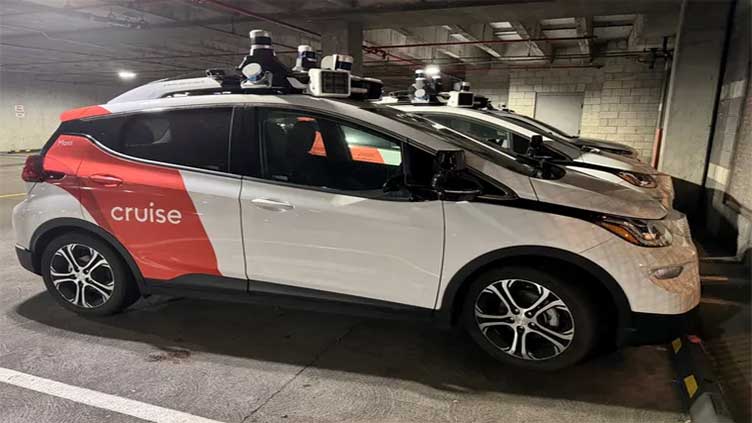Driverless car knocked pedestrian due to 'internet connectivity issues': Report

Technology
Report on the accident issued
(Web Desk) - Cruise wasn’t hiding the pedestrian-dragging video from regulators — it just had bad internet.
Cruise, the self-driving car subsidiary of General Motors, tried to send a 90-second video to regulators of an incident in which one of its driverless cars dragged a pedestrian 20 feet but was hampered by “internet connectivity issues,” according to a report compiled by a law firm investigating the incident.
The law firm, Quinn Emanuel Urquhart & Sullivan, was hired by Cruise to determine whether its executives misled regulators in the aftermath of the October 2nd incident in which a hit-and-run driver struck a pedestrian, knocking her into the path of a driverless Cruise vehicle.
Its conclusions were detailed in a nearly 200-page report that was released today.
In response to the crash, the California Department of Motor Vehicles suspended Cruise’s license to operate its vehicles in the state.
The department also accused the company of withholding portions of the video of the incident that showed its vehicle dragging the pedestrian to the curb in an attempt to pull over.
Cruise denies the allegation, claiming it showed the agency the whole video.
“Internet connectivity issues”
The law firm’s report appears to support both claims. The firm concludes that “the weight of the evidence” confirms that Cruise “played or attempted to play the Full Video” depicting its car dragging the woman to the curb in its October 3rd briefing with regulators and other government officials.
“However, in three of these meetings, internet connectivity issues likely precluded or hampered them from seeing the Full Video clearly and fully,” the report states. “And Cruise failed to augment the Full Video by affirmatively pointing out the pullover maneuver and dragging of the pedestrian.”


